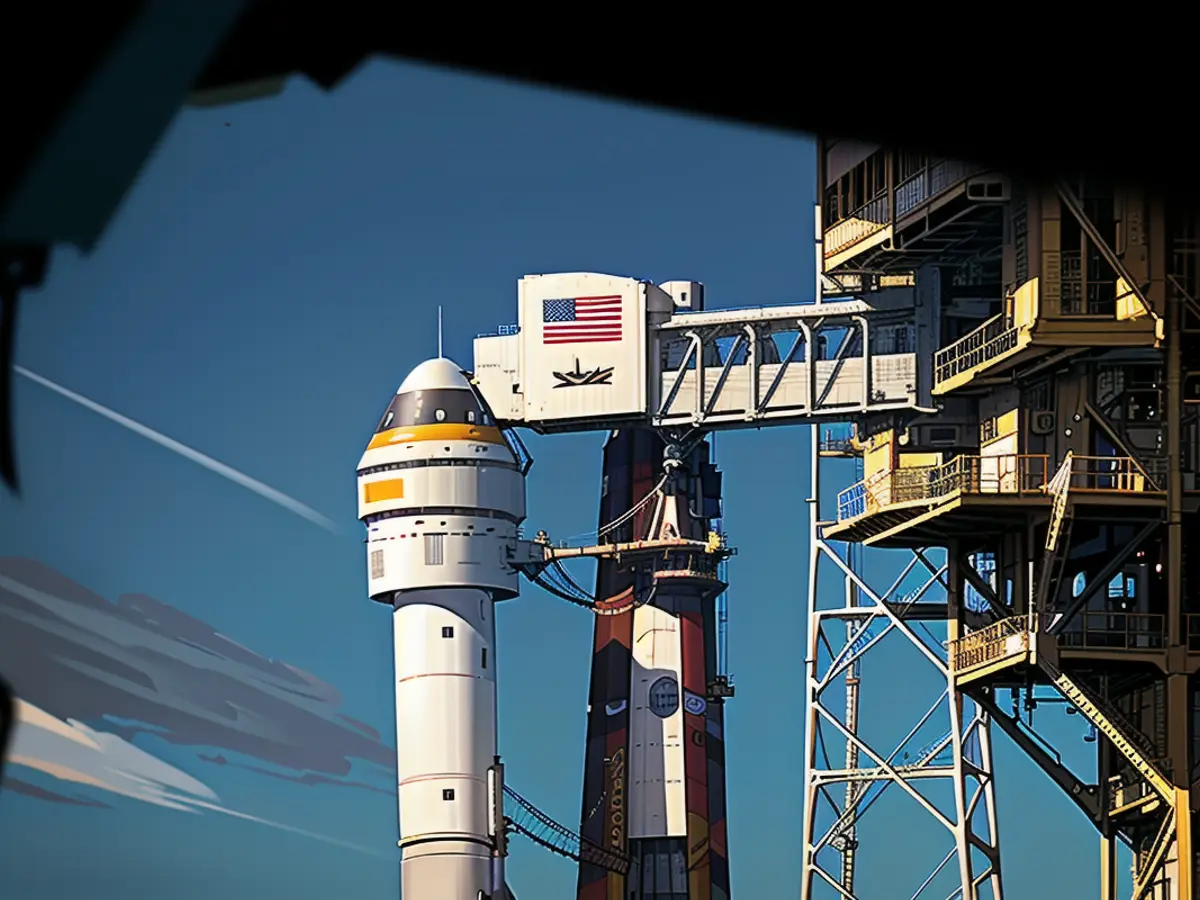"Starliner" spacecraft set for launch.
Due to delays and pushbacks, "Starliner" has turned into a troubled project. If the takeoff and mission pan out, Boeing's "Starliner" will be a genuine alternative to SpaceX's reusable spacecraft "Dragon."
The beleaguered spacecraft "Starliner" is expected to blast off for its first crewed test flight to the International Space Station (ISS) on Saturday (12:25 p.m. local time, 6:25 p.m. CEST) from Cape Canaveral in Florida. NASA astronauts Barry Wilmore and Suni Williams will be there.
The lift-off was previously pushed back multiple times, and a sudden last-minute postponement can't be ruled out. As per NASA, additional launch chances are available on June 2nd, 5th, and 6th. The weather report appears encouraging for all these dates. The two space travelers were granted a brief period to spend at home in Houston, Texas, but under some quarantine restrictions. Wilmore trimmed his lawn, while Williams spent time with her pets.
"I'm aware it's been quite a journey to get here," said NASA manager Steve Stich at a press conference on Friday. "Now, though, I'm just thrilled to be here." If everything goes well, the "Starliner" will arrive at the ISS on Sunday, around 25 hours after takeoff, where Wilmore and Williams will stay for around a week. A Russian uncrewed "Progress" cargo ship loaded with supplies is scheduled to dock at the ISS a few hours prior to the anticipated launch of the "Starliner."
In May 2022, the Boeing-constructed "Starliner" made its maiden successful uncrewed journey to the ISS and resided there for four days - a critical test for the spacecraft. In the future, it's planned to ferry astronauts to the ISS as a substitute for SpaceX's Crew Dragon capsule. Nonetheless, the project is severely delayed due to a succession of issues.
Competitor SpaceX has been shuttling crew members to the ISS since 2020, and the eighth with the "Dragon" is currently at the space station. The "Starliner" must relocate to a different docking site at the ISS in preparation for its expected arrival.
The "Starliner" is a semi-reusable spacecraft featuring a capsule for the crew, a service module, and can accommodate up to seven astronauts but is mostly designed for four. Unlike the "Crew Dragon," it comes down to Earth, not land on water.
Just before the slated liftoff of the "Starliner," it's also expected to transport an urgently needed spare part to the ISS: A urine pump on the ISS, which assists in transforming astronauts' urine into drinking water, had malfunctioned earlier than anticipated. Thankfully, a substitute was found promptly.
To make the 70-kilogram accessory fly, two bags were removed from the spacecraft, which housed clothing and hygiene items from astronauts Williams and Wilmore. Nonetheless, there is more than enough clothing and hygiene items on the ISS for the two to use.
Read also:
- NASA has partnered with both Boeing and SpaceX for space exploration initiatives, with Boeing's "Starliner" serving as a potential competitor to SpaceX's reusable "Dragon" spacecraft in delivering crew and supplies to the ISS.
- Space education continues to thrive with the US space agencies, such as NASA, collaborating with private companies like Boeing and SpaceX, providing opportunities for continued research and exploration in low-Earth orbit, such as the ISS.
- While SpaceX's "Crew Dragon" capsules have been consistently transporting astronauts to the ISS since 2020, the future of space transportation will likely involve multiple providers, including Boeing's semireusable "Starliner" and SpaceX's reusable spacecraft, contributing to a more diverse and innovative space industry.







